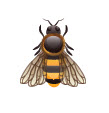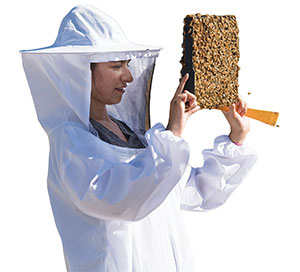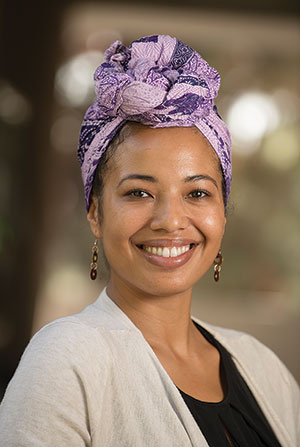That's SoCalPoly
How to: Save the Bees 
Bees are essential to agriculture and farming, pollinating $15 billion in U.S. crops annually, according to Adjunct Professor Mark Haag. Recently, bees have experienced death and decline in their colonies. Here are a few ways you can help bees thrive.

 Courses are offered at Cal Poly Pomona and through local organizations, such as the Los Angeles County Beekeepers Association and the Beekeepers Association of Southern California.
Courses are offered at Cal Poly Pomona and through local organizations, such as the Los Angeles County Beekeepers Association and the Beekeepers Association of Southern California.
A Brief History: The Children's Center
The center supports student parents by providing a high-quality educational environment for up to 90 children. Grants, student fees, ASI and the university provide low-cost daycare and preschool.

Timeline
A $1.3 million federal grant allows the center to offer evening child care, hire a student parent success coach and expand services to young toddlers.
Partnering with Communities to Improve Food Security
 Analena Hassberg, assistant professor of ethnic and women’s studies, is a scholar-activist working on issues of food justice and environmental justice in the Los Angeles region.
Analena Hassberg, assistant professor of ethnic and women’s studies, is a scholar-activist working on issues of food justice and environmental justice in the Los Angeles region.
I work with Community Services Unlimited, a food justice nonprofit in South Central LA, founded by the local chapter of the Black Panthers in the 1970s to provide social services. They’ve opened a wellness center that is also a full-scale marketplace that offers healthy food, yoga and capoeira classes, book clubs and more. They also own and operate mini-farms throughout the city. There’s a food justice network in South LA, and the CSU demonstrates the kind of range a food justice project can have.
In Pomona, Urban Mission is a food justice ministry and nonprofit. They have turned their church campus into a community farm and wellness center. They partner with Cal Poly Pomona, Western University of Health Sciences and other local organizations to provide health services.
My service-learning students work at both sites on a semester basis.